Have you ever wondered how long a meter is? Well, a meter is a unit of measurement in the metric system used to measure length or distance.
It’s about the same length as a yardstick or a baseball bat. It’s slightly longer than a yard (about 0.91 meters). If you can imagine a yardstick, you can visualize a meter.
1 meter is equivalent to:
3.28084 feet (ft): Multiply the length value in meters by 3.28084 to get the length in feet.
1.09361 yards (yd): Divide the length value in meters by 1.09361 to get the length in yards.
39.3701 inches (in): Multiply the length value in meters by 39.3701 to get the length in inches.
100 centimetres (cm): Multiply the length value in meters by 100 to get the length in centimetres.
Now, why am I talking about meters? Today, I want to share 13 things about one meter long. It’s interesting to think about how we use this measurement daily without realizing it.
Contents
- 1 1. Width of a Refrigerator
- 2 2. A Baseball Bat
- 3 3. Golf Club
- 4 4. A Guitar
- 5 5. The Width of a Table
- 6 6. Width of Door Frame
- 7 7. 5-Year-Old Child
- 8 8. Countertop Height
- 9 9. 6 and a-Half Dollar Bills
- 10 10. Yardstick
- 11 11. Waist to Toe Length of an Adult
- 12 12. 4 Size 9 Women’s Shoes
- 13 13. The Depth of a Swimming Pool Shallow End
- 14 FAQ
1. Width of a Refrigerator

Refrigerators come in different sizes and shapes, but one important dimension is their width. The width of a refrigerator measures its length from side to side.
It is essential to know the width of your refrigerator to ensure it fits into your kitchen or the designated space you have for it.
A standard refrigerator’s width is around 30 inches or 76 centimetres. However, more comprehensive models measure up to 36 inches or 91 centimetres.
If we add 1 meter to the width of a standard refrigerator, it would be around 130 centimetres or 51 inches wide, which is quite a large size for a refrigerator.
Therefore, take accurate measurements of the width of your space and the refrigerator to ensure it fits comfortably without any issues.
2. A Baseball Bat

Baseball is a popular sport that requires a bat to hit the ball. The length of the baseball bat, including 1 meter, is usually between 68 and 101 centimetres. The diameter of the bat’s thickest part is usually around 7 centimetres.
The bat can be made of wood, metal, or composite materials. The shape of the bat can be either round or flat on one side, with a narrower handle than the bat’s barrel.
The size and shape of the bat may differ depending on the player’s age, height, and strength. Therefore, choosing the right bat that suits you best to improve your game.
3. Golf Club

The typical way to measure the length of a golf club is from the heel to the top of the grip. Most clubs range from 32 inches for a putter to 45 inches for a driver. One interesting fact is if you keep four golf balls in the same line, they will be 7 inches long.
The size of a golf club’s head can also vary, usually measured in cubic centimetres (cc). The larger the head, the more forgiving the club will be for off-centre hits. Additionally, the shape of the clubhead can influence the club’s performance.
For example, a club with a more prominent face may help produce a higher trajectory. However, when riding dimensions, there are specific guidelines set by golf’s governing bodies, such as the USGA and R&A, to ensure that clubs are not too large or have non-conforming features.
4. A Guitar
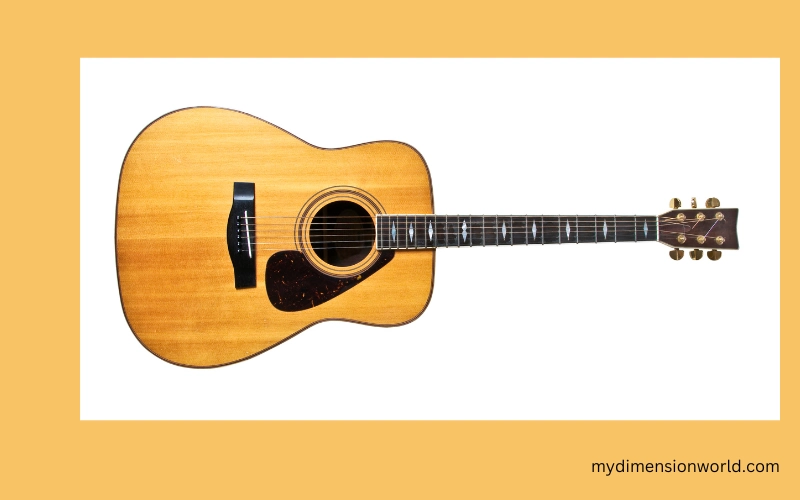
A standard guitar measures about 1 meter in length from the top of the headstock to the bottom of the body. Guitars come in different shapes and sizes, such as dreadnought, concert, and parlour. The shape can impact the sound and feel of the guitar.
The dimensions of the guitar also affect its sound. For example, a bigger body can produce a more profound, louder sound, while a more petite body can be more comfortable to play for some people.
5. The Width of a Table
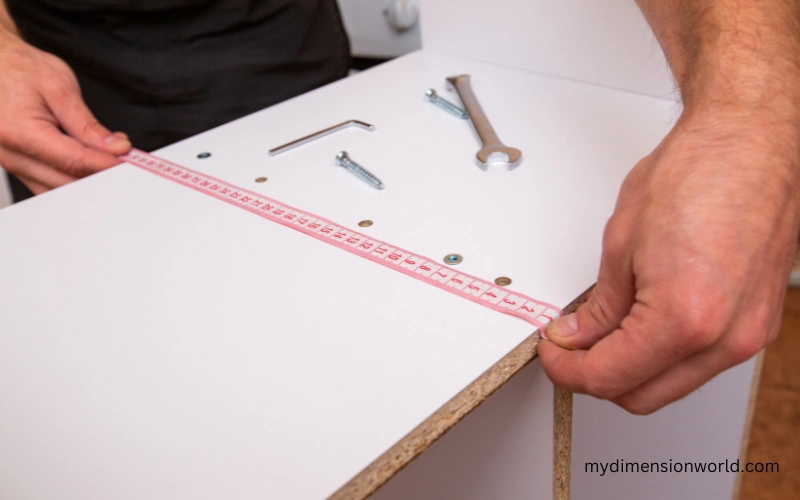
The width of a table is an important dimension when considering a table for your home or office. It is typically measured in meters, with most standard tables ranging from 0.6 to 1.2 meters in width. Adding a meter to the width of a table can provide more space for working, dining, or entertaining.
However, remember that a more comprehensive table may not fit comfortably in smaller rooms or areas with limited space.
Additionally, the shape of the table can also impact its functionality, with rectangular tables being ideal for seating multiple people and square tables being better suited for smaller groups.
6. Width of Door Frame
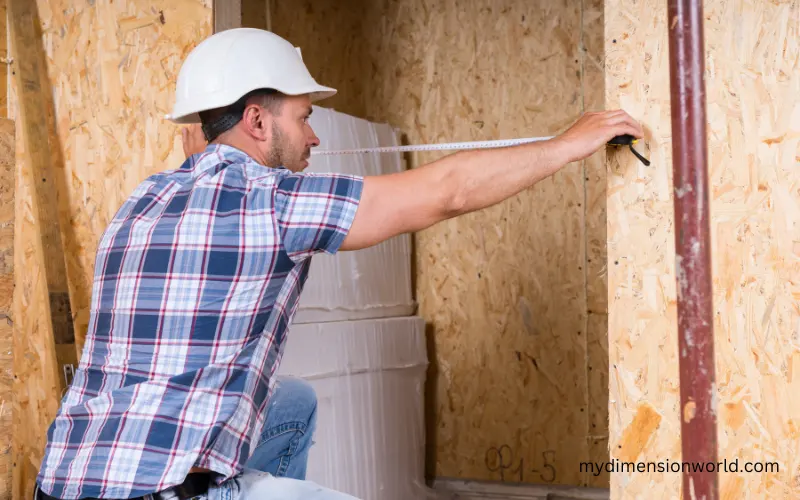
The width of a door frame is an important aspect to consider when designing or renovating a building. It determines the door size that can be installed and affects traffic flow through the space.
The standard width for a door frame is usually around 0.9 meters, but it can vary depending on the building code or personal preference.
Adding an extra meter to the width of the door frame can create a more spacious entrance and allow more oversized doors to be installed.
The shape and dimensions of the frame should also be considered to ensure that it matches the overall style and design of the building.
7. 5-Year-Old Child
At five years old, a child should measure around 1 meter in height, about three feet and three inches. Although the weight of a five-year-old child can vary, it typically weighs around 43 pounds.
It’s important to note that these numbers are just averages, and there is a lot of variation between individuals. But, despite the differences, the length and shape of a child’s body are essential in helping them move and explore the world around them.
8. Countertop Height
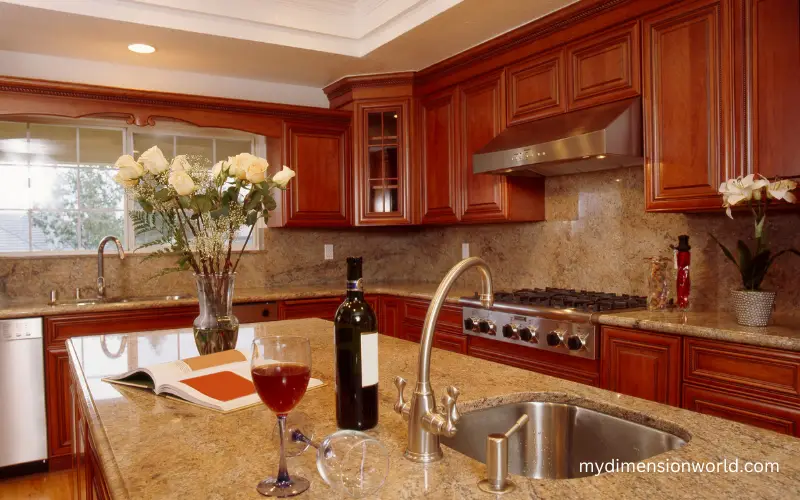
The height of your countertop can impact your daily kitchen activities. The standard countertop height is around 36 inches (0.9144 meters) from the floor to the top surface.
However, this measurement may vary depending on factors such as the user’s height and the tasks they will perform on the countertop.
When selecting the countertop height, ensure maximum comfort and usability.
Additionally, your countertop’s shape and dimensions can affect its functionality and aesthetic appeal. Whether you prefer a straight or curved edge, measure accurately to achieve the desired length and shape.
9. 6 and a-Half Dollar Bills

The 6-and-a-half dollar bill may be a thing of the past, but its size and dimensions remain fascinating. Measuring just 2.61 inches by 6.14 inches, it was smaller than the modern-day dollar bill.
Despite its diminutive size, it was still an official currency the United States government issued.
To put its size into perspective, the bill is only slightly larger than a credit card. Its rectangular shape and crisp edges gave it a distinct appearance, making it easy to identify.
In metric terms, the bill measures approximately 6.6 centimetres by 15.6 centimetres, about one-sixth the length of 1 meter.
10. Yardstick
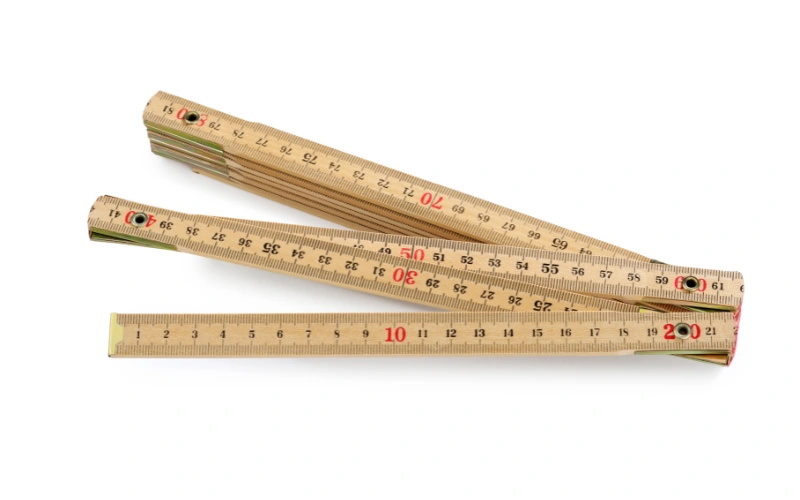
Yardsticks are essential for measuring length, size, and dimension in various industries. The typical yardstick size is 3 feet long, equivalent to 1 yard, slightly shorter than 1 meter.
These measuring instruments are typically made of wood, plastic, or metal and come in various shapes and sizes.
They are often marked with centimetres, millimetres, inches, and fractions of an inch to provide precise measurements.
Yardsticks are commonly used in schools, workshops, and construction sites to measure and cut materials such as paper, fabric, and lumber.
With its convenience and accuracy, a yardstick has remained a staple in measuring instruments for centuries.
11. Waist to Toe Length of an Adult
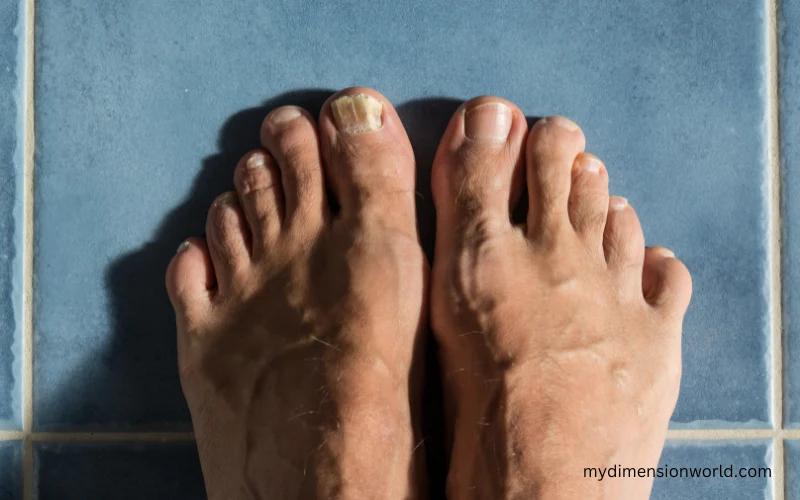
The waist-to-toe length of an adult can vary depending on several factors, such as gender, height, and body shape.
Typically, this dimension is measured from the natural waistline to the floor while standing barefoot. Generally, a waist-to-toe length of one meter is considered relatively average for an adult around 5’5″ in height.
However, individuals who are taller or shorter than average may have a longer or shorter waist-to-toe length. Additionally, body shape can impact this measurement as those with longer legs and a shorter torso may have a longer waist-to-toe length than someone with a shorter leg and longer torso.
Overall, understanding the dimensions and measurements of the body can help select clothing that fits correctly and understand one’s overall physical proportions.
12. 4 Size 9 Women’s Shoes
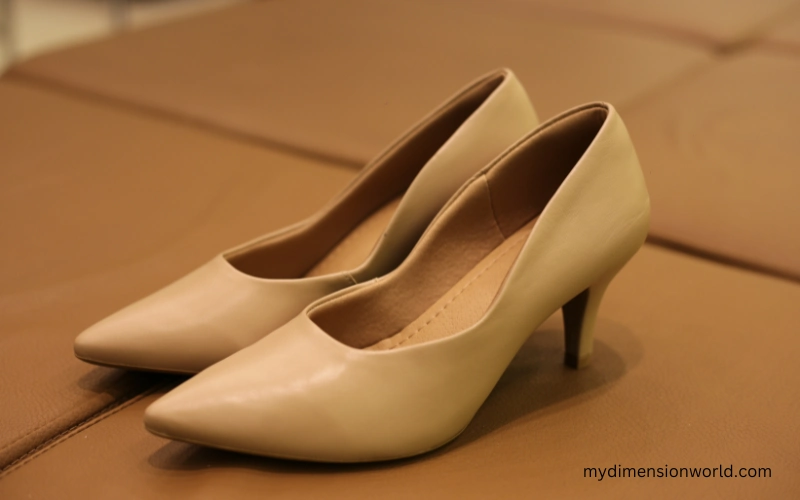
Did you know that four size-9 women’s shoes can be used as a unit of measurement? With a length of 25cm, four of these shoes lined up heel to toe would measure 1 meter in length.
It’s an exciting way to conceptualize length and is handy when measuring distances. Alternatively, if you are 9 feet in size, you can use your foot to measure out 1 meter by stepping one foot after the other in a straight line.
The next time you need to measure a distance, consider using this shoe-to-meter ratio or try the “foot” method for a fun and quirky approach.
13. The Depth of a Swimming Pool Shallow End

Typically, the shallow end of a pool measures around 1 meter deep. The length and shape of the pool can vary, but a standard pool might be around 12 meters long and 6 meters wide.
It’s important to remember that pools come in many shapes and sizes, and it’s essential to pay attention to the measurements and dimensions of each pool.
So, next time you dip into the shallow end of a pool, consider the 1-meter depth and enjoy your swim!
FAQ
Q: How long is 1 meter in the body?
A: One meter in the body is approximately equal to the length from the top of your head to the tips of your fingers when your arms are stretched to the sides.
Q: How can I visualize 1 meter?
A: One way to visualize 1 meter is to consider roughly the distance between two outstretched arms. Another way is to picture a meter stick or yardstick, which is typically 1 meter in length.
